This post is the fourth in a the interview series looking at Science and Nature communication through different media in Ireland
This week I talk with Una Halpin, of
Wildways Adventures, to find all about her business and her passion to get families outdoors!
Una Halpin is the owner of Wildways Adventures, a company that introduces children and families to nature, heritage and the outdoors in a fun and relaxed way. Una has a BSc in Geology from Univesity College Cork and an MSc in Environmental Engineering from Queens University Belfast and has worked in the Environmental Education Field since 2004 including three years as a field instructor in the Killarney National Park Education Centre and five years as Education Officer in Castlecomer Discovery Park. Una has developed and delivered science education programmes to primary, and secondary school students as well as adult groups but her greatest passion is in getting families outdoors exploring nature and the outdoors together.
Hi Una and thank you so much for agreeing to take part in this interview series.
Firstly I would like to find out a little about yourself and how you got into a career in Environmental Education:
Is this something you always wanted to do?
When I was younger, I never had any clear idea of what career path I wanted to follow. I was interested in wildlife and the outdoors from a young age and I suppose I had a vague idea that I’d like to do something in that line but that was about it.
What path did you take to this career? What training was required?
I suppose I took a long route to the career I’m in now but each of the steps taught me something new and I like to think I’m combining all of my previous experience in my current role.
When it came to decision time in school and I had to start looking at possible study options and the CAO, I chose Earth Science in UCC. I had decided I wanted to do something in the environmental field, but in the end I chose Earth Science because I loved physical Geography and I was fascinated by rocks and the formation of the landscape. I loved my college course, and graduated in 1997 with a BSc in Geology. I then spent a year working in the Groundwater section of the Geological Survey of Ireland before completing an MSc in Environmental Engineering in Queens University Belfast.
After my masters, I worked for two and a half years in an environmental consultancy in Dublin working mainly in the area of soil and groundwater pollution before leaving to spend 6 months travelling in India and Sri Lanka.
It was after my return that I became interested in the whole area of Environmental Education. Shortly after my return home, I did my first work camp with Groundwork conservation volunteers, clearing Rhododendron from the oak woods of Killarney National Park and was determined to return. I’m still involved with Groundwork and even met my husband through the work camps. The following spring I got the chance to return to Killarney National Park to work in the Education Centre. For the first year, I worked on a casual basis, whenever an extra instructor was needed and volunteered with the park rangers on the other days. I lived in Killarney for 3 years overall. I spent the summer of 2005 co-ordinating the Groundwork work camps and then took part time work in the cinema while continuing to work in the Education Centre until I eventually got taken on as a full time member of staff.
In early 2007, I took on some contract work for Castlecomer Discovery Park who were about to open a new visitor centre and coal mining exhibition and wanted to register as a Discover Centre with the Discover Primary Science and Maths Programme. I put together their education programme, workbooks and teacher notes and started writing content for the website and was then taken on as Education Officer in March 2007.
I spent five years in Castlecomer. I started with the Primary school workshops and school tours and over the next few years went on to develop a number of secondary schools programmes and also family events and activities.
If you look back to your childhood, is it obvious to you now that this career was a likely path for you?
Yes I suppose it was. We were always an outdoor family. Sunday afternoons were quite often spent walking in the woods or climbing mountains. I was carried up my first mountain in a sling at six months old. At the age of 7, I joined the Brownies and went on to Guides and remained involved with the Irish Girl Guides for over 24 years. Even though I’m no longer actively involved I still consider it a huge part of my life and I believe that many of important life skills I’ve acquired come from my time with the guides.
For me, the connection with the outdoor world and nature defines who I am and always has. All of my happiest childhood memories involve being outdoors: walking in the mountains; at the beach; swimming in the river; picnicking in the woods or just playing in the back garden. I remember one family holiday in Connemara when I was about 12 or so. We rented a house in the middle of a stretch of bog with the mountains behind us and a stream running past the front gate. I spent most evenings very happily sitting alone beside the stream watching the water flow by. I feel at home when I walk through the woods, I love watching bats swoop around me at dusk or learning the name of a new wildflower or bumble bee and nothing compares to the feeling of stepping out of a tent in the early morning when the dew is fresh on the grass, the sun is just coming up, the birds are singing and everyone else is still asleep.
Can you tell us a little about it?
.jpg) I set up Wildways Adventures in July 2012. My tagline is “Come Explore the Real World” and my mission is to get children and families to engage more with the world around them and explore nature and heritage in a fun and relaxed way. There is so much emphasis on the virtual world and digital technology today that people can often lose sight of what’s around them. Many children will be able to tell you all about endangered polar bears from watching wildlife documentaries but very few will be able to identify native Irish animals.
I set up Wildways Adventures in July 2012. My tagline is “Come Explore the Real World” and my mission is to get children and families to engage more with the world around them and explore nature and heritage in a fun and relaxed way. There is so much emphasis on the virtual world and digital technology today that people can often lose sight of what’s around them. Many children will be able to tell you all about endangered polar bears from watching wildlife documentaries but very few will be able to identify native Irish animals.
I do this through running schools workshops, family nature trails, bug hunts and outdoor treasure hunts and through working with other tourism businesses, youth and community groups and local tourism bodies.
At present, it’s just me but I can call on family and friends, especially my husband, to help out when needed and I eventually hope to employ a small number of like-minded people to assist with planning and running events and activities.
Why did you decide to set up this business and when? What inspired you?
I had been considering it for about a year before finally taking the plunge. I was inspired by my own connection with the outdoor world and my desire to introduce others to the outdoors. Having my own child also had a lot to do with it. I wanted to have more flexibility in my working life to be able to spend more time with him and also to build something that he can be involved with.
I do a lot of work with schools and I love introducing children to nature and seeing how much enjoyment they get from it. Even in my indoor classroom visits, talking about rocks and fossils I love seeing how much they enjoy touching the rock samples and asking questions about them. I like to think that I inspire some of them to look more closely at the world around them when they go outside and understand a bit more about the landscape and the forces that shaped it.
Working with children is very rewarding but I think there’s a niche for more family activities. There is no end of choice when it comes to children’s activities but not so many things that the whole family can get involved in. Also if you want to get children interested in nature and the outdoors, you need to get their parents involved too.
So much emphasis nowadays is placed on keeping our children safe, that we are unintentionally placing huge restrictions on their freedom. There’s also a trend towards more high-tech toys and more new and exciting forms of entertainment but in most cases, the activities children will enjoy most and remember for longest are the simpler ones. Taking them outdoors and letting them explore opens up new possibilities for them. By its unpredictability, nature encourages observation, imagination and problem solving skills. I believe that any child who is encouraged to love nature and spend time outdoors will sleep better, be healthier in mind and body and will rarely be bored. By getting outdoors with your kids, you can let them have the freedom to explore while at the same time keeping an eye on them.
Your work has you working with children, families and the local community in a number of different ways;
Can you tell us a little about each aspect of your business?
I’m involved with a number of schools programmes. I run energy workshops for primary and secondary schools on behalf of the Sustainable Energy Authority of Ireland (SEAI), I train primary teachers in science activities as part of the Discover Primary Science and Maths programme and I go around to schools with my own workshops on Rocks, Minerals and Fossils or various nature and biodiversity topics as part of the Heritage in Schools scheme.
I run family activities such as nature trails, bug hunts and themed treasure hunt style trails in County Carlow. My most recent event was an afternoon of Halloween themed family fun and was run in conjunction with The Tea Rooms at Duckett’s Grove in Carlow.
I also work with other businesses and community groups to organise and run family activities or to put together education packages or family activity programmes. I have run activities and led walks for Carlow Tourism and organised activities for local summer camps in Carlow and for community Gathering events. Last year, I put together the new Discover Primary Science and Maths programme for Birr Castle and have done some work with Huntington Castle.
What are your favourite aspects of each side of your business?
 With the schools I love it when the children ask questions that really show that they’re taking an interest in what I’m saying. I’ve been asked some great questions by children that have made me think and that have encouraged me to learn more myself.
With the schools I love it when the children ask questions that really show that they’re taking an interest in what I’m saying. I’ve been asked some great questions by children that have made me think and that have encouraged me to learn more myself.
With families, I love it when the parents get interested and tell me that they’ve learned something new and have enjoyed it.
With other businesses and community groups, I love being presented with a new challenge and working on new projects. I love being able to help showcase nature and heritage and design activities that will make them more accessible to families.
Do you see an increase in awareness and interest in Nature and the environment in Ireland?
I think there is more of an interest lately in nature and the environment but it’s a slow process. Some families are starting to get out more and go for walks and are beginning to realise the benefits but there is also a huge rise in amount of time children spend indoors watching TV and playing computer games. During the boom years, families were more likely to spend their Sunday afternoons in a shopping centre than out in the woods and many children didn’t even own a pair of wellies or a proper raincoat. I think that this is starting to change now and that parents are spending more time outdoors with their children and taking more of an interest in what’s around them.
What is a typical day like for you…. Or is there such a thing?
There’s really no such thing as a typical day for me. Over the next month for example I’ll be running energy workshops for primary and secondary school students in Dublin, training primary teachers all over Carlow and running workshops with a school in Kildare who want to study habitats in the school grounds for their Biodiversity flag. When I’m not out and about, I work mostly from home during the morning when my son is in pre-school and in the evenings after he goes to bed.
I notice you have also started blogging, I really enjoy reading your posts;
How are you enjoying communicating your thoughts and ideas through this medium?
I’ve been meaning to start a blog for ages but only just started a few weeks ago. I love this kind of writing. I started an online blogging course with Lorna Sixsmith of We Teach Social and it’s been great. I’m picking up lots of tips and ideas although I must admit I’m falling a bit behind on my homework lately. It’s a challenge coming up with ideas and then trying to get them down in a way that hopefully will be of interest to other people but is also fun for me to write but I’m enjoying it so far. I also enjoy reading other blogs. I love yours especially and Dee from Greenside Up is always an inspiration.
And the final world….
What is the best thing about what you do?
I love coming up with new ways to introduce people to science and nature and making it relevant to them. I also love that I can go out for a walk, take photographs and look around and call it work.
What advice would you give to anyone thinking of starting a career in your field?
I think I’m still trying to define what my field is. Environmental Education is still quite a small area and I certainly never fit well into any of the boxes I’m supposed to tick. I suppose my advice to others would be to believe in yourself and your message and don’t focus on the things you don’t know but concentrate on what you can teach others and how you can inspire them.
And what are you hopes for the future of Wildways Adventures?
I’d like to expand my family activities and get more people interested in exploring the outdoors and discovering nature and heritage. At the moment, many of the families who come to my activities are those who are already going for walks and bringing their children outdoors so I’d like to attract a wider range of families. I’d also like to work with more community groups, local tourism bodies, accommodation providers and tourist attractions who are interested in promoting family friendly outdoor activities.
You can contact Una at (087) 4125649 or check out her
website or
facebook pages for more information on Wildways and all the great activities it offers.

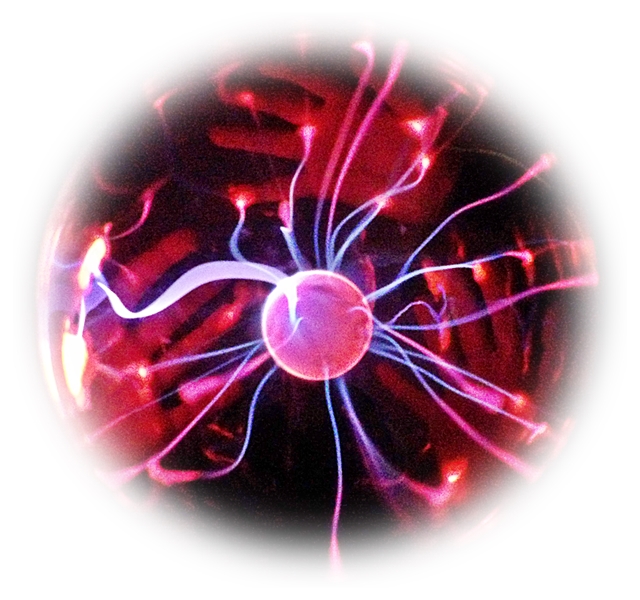
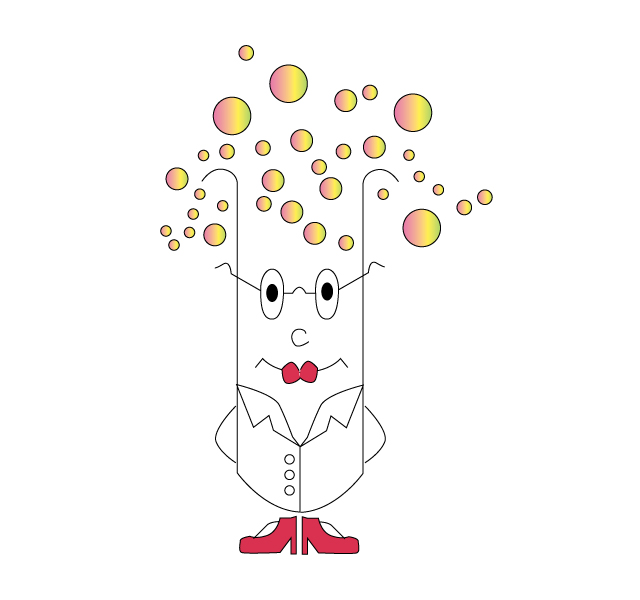
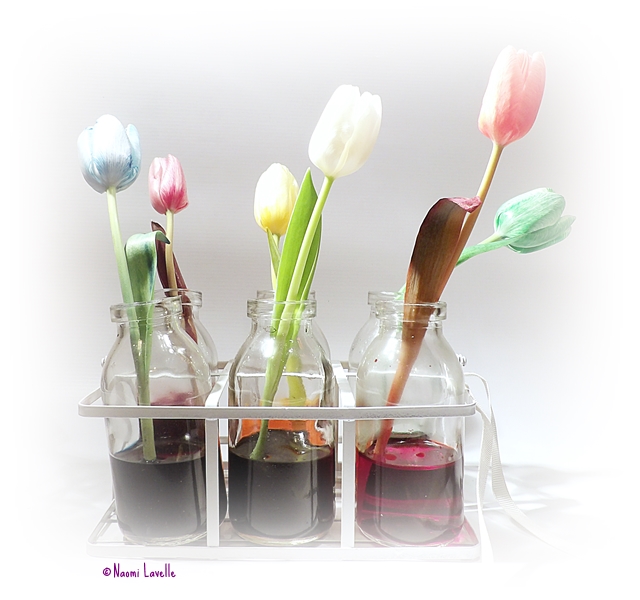





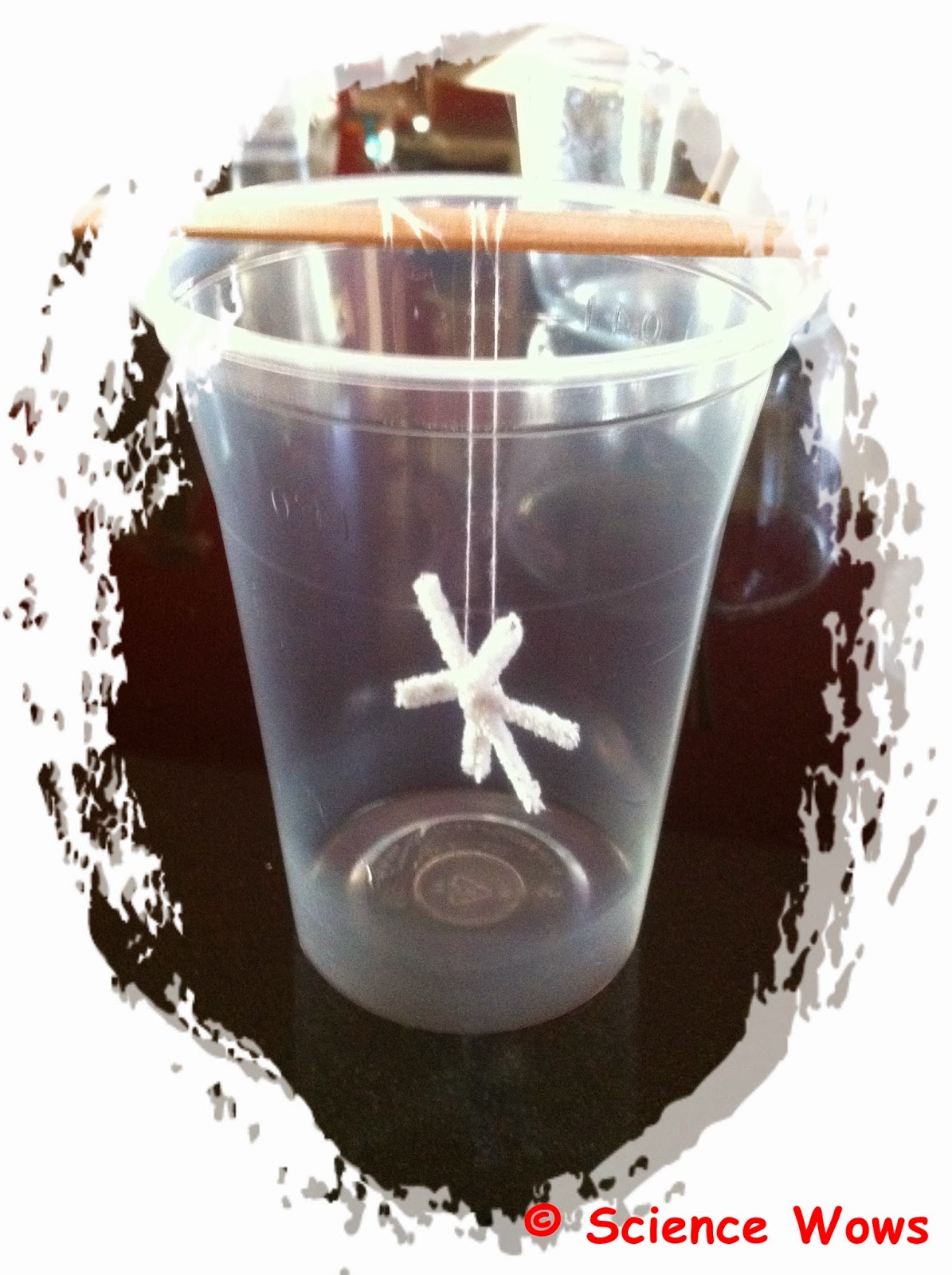











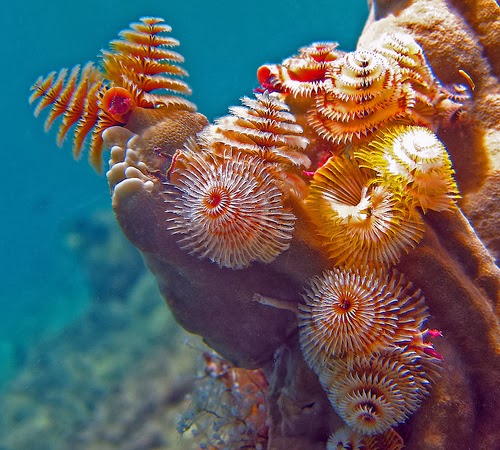

.jpg)





